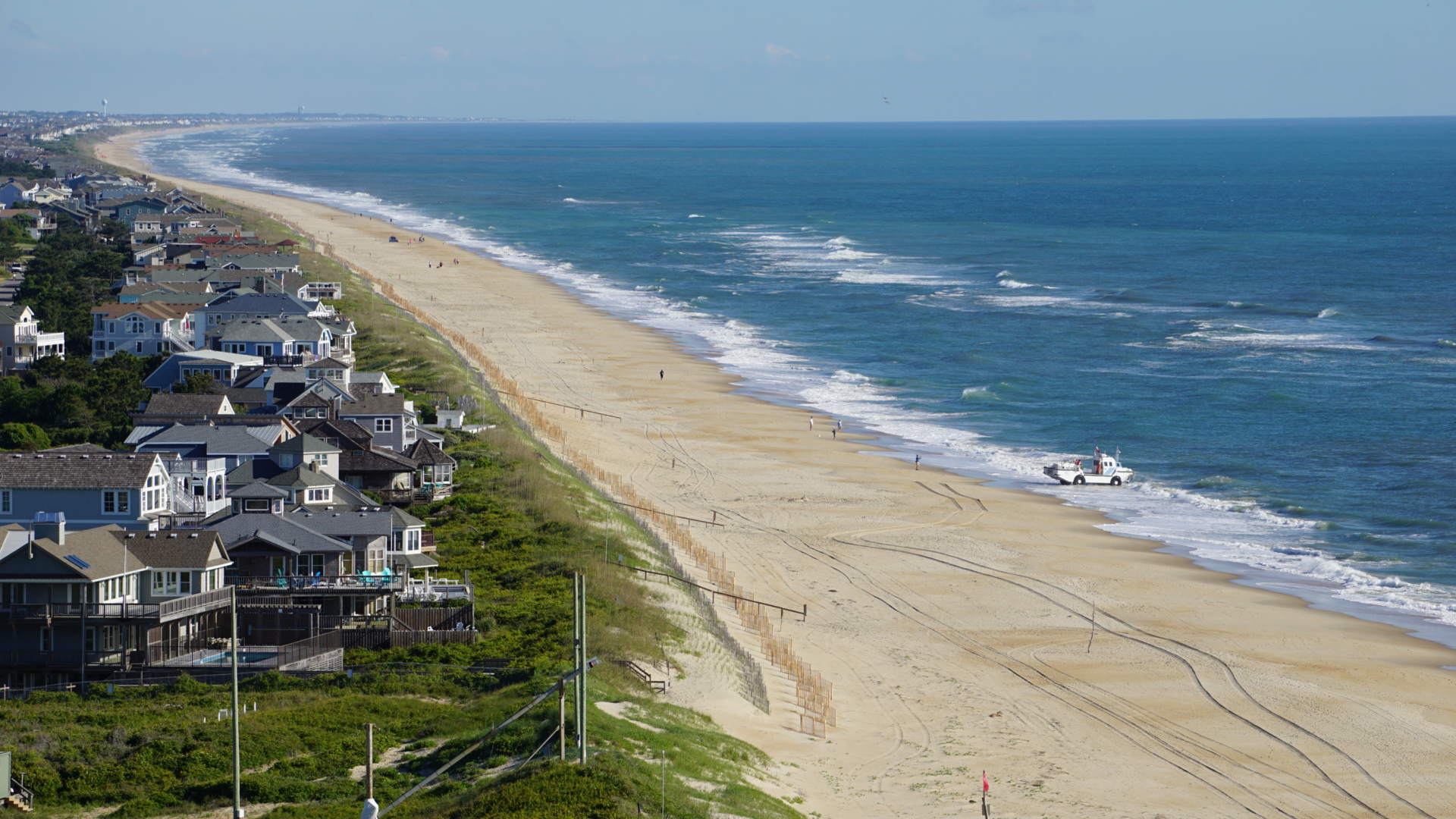

Ocean is working with the sustainability platform Pinwheel, since January 2024, to support four marine based projects. As an OOH media owner, we understand the profound impact of visuals in shaping perceptions and driving action. By supporting initiatives like Pinwheel, we aim to protect our oceans, combat climate change, and preserve our natural environment.
Project Vesta was one of the verified companies to benefit from this new initiative, which are now directing funds to Hourglass Climate, a not for profit, who are now carrying out much of the research on their behalf. Scientist Dr Grace Andrews of Hourglass Climate works on strategies to reverse climate change. She explains how Vesta is developing a novel technology called ‘coastal carbon capture’ to safely transfer CO2 from the atmosphere into the oceans.
 Download
Download
By Dr Grace Andrews
In order to keep global warming as close to 1.5C as possible, reduction of carbon dioxide emissions alone will not be sufficient.
We are working on the research and development behind a technology to add naturally occurring minerals like olivine to the ocean which, when they gradually dissolve, remove carbon dioxide from the atmosphere. It is very much a nature based climate solution using a mechanism of dissolution that already occurs naturally on every beach in the world.
The projects we work on also reverse ocean acidity which is important for global food supplies and our fisheries.
We have been involved in three pilots. One was a marsh restoration project to capture carbon, and adding minerals to combat issues with sea level rise. We are seeing positive results.
The second, through Vesta, is adding minerals through a beach nourishment project in New York, also trying to cut back on sea level rises degrading our coastline. There was no negative environmental impact, and we were able to measure carbon removal.
The latest is a project that launched in North Carolina in May this year to test whether olivine sand could permanently remove tonnes of carbon from the atmosphere and the ocean. So far we are seeing marine organisms recolonising the area. More data will come and any Ocean (Outdoor) funding will go towards assessing the environmental impact of that trial.
We must remove carbon dioxide from the atmosphere. The innovative deployment of a carbon dioxide removal approach has enormous potential for cheap, permanent carbon capture at a massive scale. Coastal carbon capture could remove more than a gigatonne (1 billion tonnes +) of CO2 from the atmosphere annually while locally reducing ocean acidity.
 Download
Download
Helping coastal communities
One of the big ideas here is that, for those coastal communities who are paying taxes to restore their coastlines, through these carbon removing minerals we can generate a line of revenue based on carbon credit sales which offsets the cost of the coastal protection project. Yet another community benefit.
Other carbon removal techniques require the building of giant factories and infrastructure but this only really works if you are using renewable energy to power them. It’s betting on the idea that we will generate a lot of renewable energy in the future. Nature based remedies do not require infrastructure to add sand to a beach.
Here in the US, every year we add around 60 million cubic yards of sand annually already for coastal protection reasons. We are really just swapping out the minerals that we add to these beaches, but the infrastructure is already there. Any country in the world can do this because these types of minerals needed are pretty common.
The Vesta project is being proven out in North Carolina but it has much potential for the UK as well. Adding carbon removing minerals to agriculture is pretty popular in the UK where they are using locally sourced basalt to do it. There’s a lot of interest in the UK around what we are doing and we are working with research universities like Heriot-Watt and the National Oceanography Centre on some of the questions.
 Download
Download
The Earth proved this process millions of years ago
We didn’t invent the idea of using minerals to capture carbon. The Earth proved this process millions of years ago. This is something geologists have been studying since the 1950s. Vesta is about optimising the process to accelerate that carbon removal benefit.
These pilot projects are really expensive but there are economies of scale. The bigger you get the more cost efficient they become. A pilot project costs in the ballpark of $10million because they involve a lot more engineering and science so that, moving forward, we can streamline both the engineering and the cost.
We are predominantly privately funded and in the next few years businesses and philanthropists are going to have to step in to keep this work moving forward.
 Download
Download
Why back Hourglass Climate
This is a project that is multi-faceted in its potential for positive impact. It addresses climate change which in turns addresses all the issues connected to climate change. It offers benefits to global communities, to the global food supply and it offers benefits to marine life through the reversal of ocean acidification. Funding this one project supports a whole ecosystem of positive impact.
The ocean makes up 72% of our planet. It is tremendous resource to help us achieve our climate and environmental goals. We need to address the root cause of climate change and learn how we as a global society can live with some of the consequences.
Dr Andrews and Vesta are featured on the BBC’s Panorama documentary Can Scientists Save the World which is available on BBC iPlayer. To find out more about Project Vesta visit https://www.vesta.earth/
Find out more about our sustainability initiatives.





